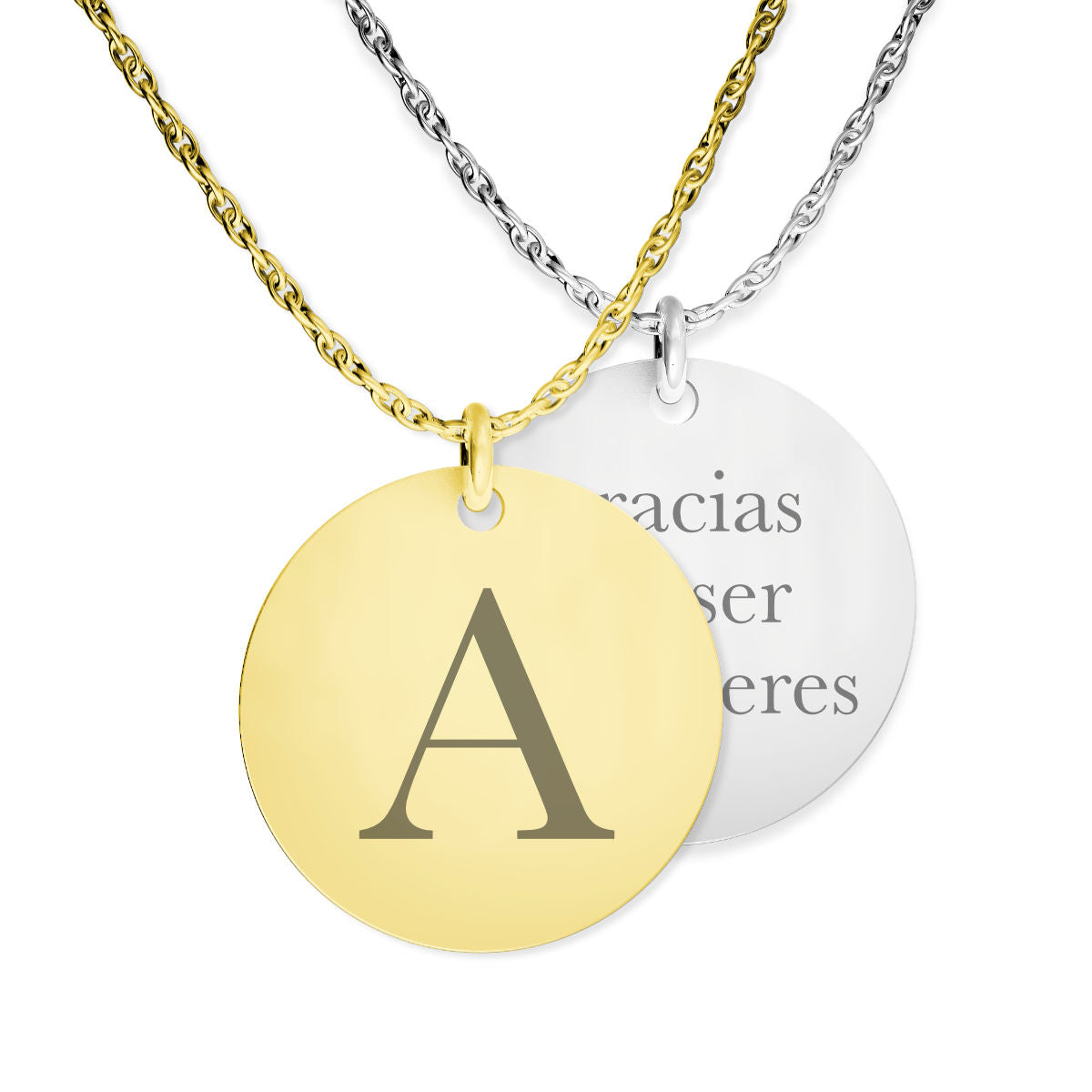Article: Positive feedback - What it consists of and examples

Positive feedback - What it consists of and examples
Let's say you want to be more disciplined with your day... you could say to yourself, "I'm going to get up every morning, meditate for 15 minutes, plan my Most Important Tasks, and then go ahead and stick with the plan. No I have doubts about it."
And then your plan is affected by a distraction or interruption, and you feel bad about it.
You try again the next day, you start off well, but at some point you get off track and feel discouraged.
After three days of trying, you feel that you are completely undisciplined and give up the effort.
What has gone wrong?
The problem is that the plan was set up to fail at some point, and then you would feel the failure, you would feel bad about it, you would feel discouraged. You may be able to put up with this discouragement and negative feedback for a while, but no one can put up with it forever.
Negative feedback loops will cause us not to do the activity.
Positive feedback loops will make us stick with it for much longer.
Think about the design of your behavior change plan: is it designed to give you positive or negative feedback? Most people completely ignore this component.
How is positive feedback
What we want is to design a plan that gives us some kind of reward or positive feeling, some kind of stimulus. And we want you to give us this encouragement regularly.
Some examples of positive feedback:
-
I do the habit and get a check mark and a ding from my habit app
-
I exercise and tell my friends
-
I successfully finish a language lesson and feel accomplished
-
I have a coach who encourages me
-
I get a positive grade on a test
-
I feel gratitude to myself for having meditated
-
My friend high-fives me after a tough run together.
-
My team receives praise for our achievements in the company
-
I cross something off my to do list
Notice how many of these examples also have negative feedback: I get a bad grade, my habit-enforcement streak ends, I feel embarrassed that my friends know I haven't exercised for a week, my to-do list is endless, and It makes me feel overwhelmed, my coach may criticize what I did today, I forgot to do my language homework and I feel bad about it.
So if most systems have both positive and negative feedback built in... what can we do?
We have to design a better system.
A more positive design
We need a system that always encourages us to go in the right direction.
When we are going in the right direction, we feel fulfilled.
When we go in the wrong direction, we encourage ourselves to turn it around.
A key principle: There is nothing mean or judgmental about it - when we judge or beat ourselves up, it is discouragement or negative feedback. Instead, we are never wrong. We always have compassion.
Here's an example... let's say I want to write every day. You could design a plan like this:
- I only have to write 1 sentence a day for the first 3 days. It's so easy I can't say no. Success is practically guaranteed.
- After writing my 1 sentence of the day, I give myself credit for the effort and give myself gratitude for showing up and practicing.
- When that gets super easy, I switch it up to 2 sentences a day. If I feel like writing more, I can. The same: recognition and gratitude.
- I focus on the small victories - I am encouraged by any possible positive action! I also encourage you to share any wins with others who may be encouraging.
- If I stray off track, my plan is to catch myself after a "slip" and give myself compassion for any resistance or discouragement I've felt (pity is a kind feeling), then pick a small victory to catch up. next (any little win possible will do, maybe just open my document and type a word). I can acknowledge myself and thank myself for realizing it and choose a small victory to achieve it. Find something to learn and get back on track.
This system is designed to cheer me up no matter what. Victories, gratitude, recognition, learning, practicing to get back on track.
Principles of Positive Feedback Design
As you can see above, there are some simple principles that we can incorporate into our design:
- Try not to tell yourself that you were wrong, not to judge yourself, not to discourage you. You probably will (most of us do), but stop and feel sorry for yourself, and see if you can eliminate this way of doing things wrong.
- Try to get small victories. As small as possible.
- Encourage, recognize, thank.
- Scale up as needed: scale up if you're really feeling it, scale down by doing less if you're feeling too busy or tired.
- Have a way to cheer yourself up if you start to get off track. Compassion, learning, search for the least victory possible to start getting back on track.
- Turn to others for positive encouragement if you find it helpful.
Be encouraged to redesign your habit changes, your attempts to be more disciplined and focused, or any type of change you want to make. Cheer up, cheer up, cheer up!
jewelry in trend
The latest jewelry for women
2 colors available
2 colors available
1 color available
2 colors available













Leave a comment
This site is protected by hCaptcha and the hCaptcha Privacy Policy and Terms of Service apply.